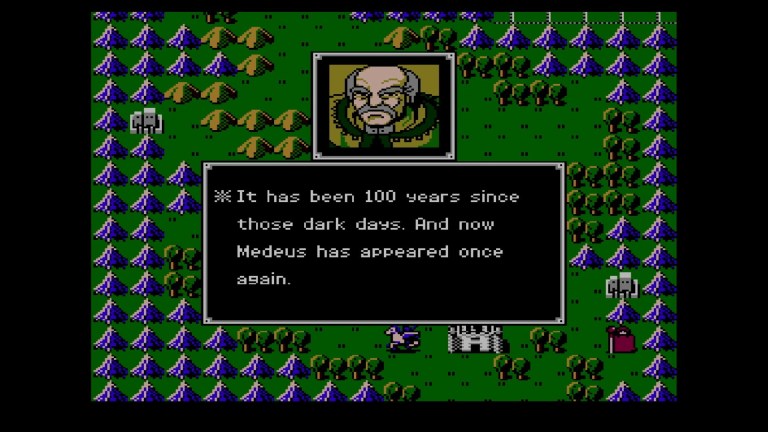Fire Emblem’s Limited Release Raises Concerns About the “Nintendo Vault”
What does Fire Emblem: Shadow Dragon and the Blade of Light's limited release mean for the future of retro Nintendo games?

Today, Nintendo surprised fans everywhere by announcing that they’re releasing Fire Emblem: Shadow Dragon and the Blade of Light for the Nintendo Switch on December 4.
Shadow Dragon and the Blade of Light isn’t just the first game in the Fire Emblem series but a long-standing historical curiosity among many Nintendo fans. While it was released in Japan in 1990 (despite being developed as more of an internal passion project), Nintendo never officially ported the game to the West despite the growth of the Fire Emblem series over the years. Now, though, fans across the world will have the chance to officially play this significant game that seemingly holds up fairly well.
While the opportunity to play the first Fire Emblem game ever made would usually be the story, it turns out that the real news here isn’t the fact that Fire Emblem: Shadow Dragon and the Blade of Light will be available for Nintendo Switch on Dember 4, but that you’ll only have until March 31, 2021, to download it.
Does that sound familiar? Well, that’s probably because Nintendo also recently revealed that the long-awaited Super Mario 3D All-Stars collection will also only be available until March 31, 2021. While many questions remain regarding what, exactly, is happening here and what the significance of that date could be, the whole situation reminds many fans of the fabled Disney Vault.
For those who don’t know, the “Disney Vault” was a physical structure, but it was actually more of a marketing concept. Whenever Disney would release a classic film for home video or theatrical re-distribution, they would say that they were pulling it from the vault. The idea was to drive demand for these films by only making them available for a limited time. Disney slowly walked away from that practice over the years (and Disney+ basically killed the concept entirely) but the company still uses a limited distribution model when it comes to things like allowing theaters to rescreen films from the Fox library.
While it’s easy to suggest that Nintendo is using a similar vault concept to drive the demand for their classic games, there are a few things about that idea that just don’t make sense.
First off, that marketing concept makes a lot more sense if we’re talking about something physical. If you hear that 101 Dalmatians is being re-released in theaters, you might scramble to get a ticket before they’re sold out. If you went to buy Sleeping Beauty on VHS and the store was sold out, that ticking clock would ring loud in your mind.
When we’re talking about digital games, though, that concept doesn’t seem to apply. Yes, these games will only be available to purchase for a limited time, but any Switch owner can buy them whenever they want until then. We suppose there’s a situation where someone on the fence feels encouraged to download these games before they’re not able to do so, but we wonder how many fire sales that will result in that would make up for these games simply being available to download digitally for a longer period of time.
Instead, it really seems like this decision has more to do with that March 31, 2021 cutoff date, which so happens to be the traditional end of the first fiscal quarter of a new year.
Yes, it’s entirely possible that Nintendo’s decision to instate a cutoff for even digital sales of these games is based on their desire to more accurately register how their releases will impact quarterly sales. Granted, that’s really just one theory, but at a time when discussions about game preservation in the digital age have reached a fever pitch, Nintendo’s decision to lock major pieces of their history away in a digital vault whenever they feel like it continues to raise concerns about the company’s habits of dictating even the simplest parts of the industry on their terms.
